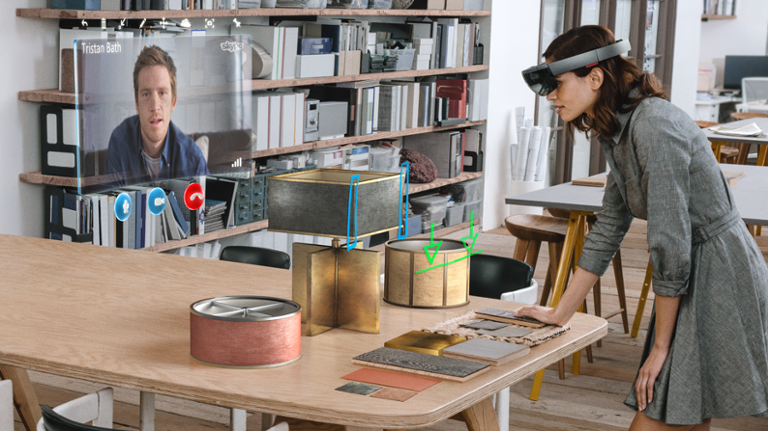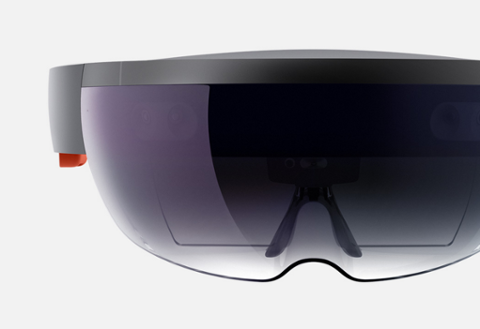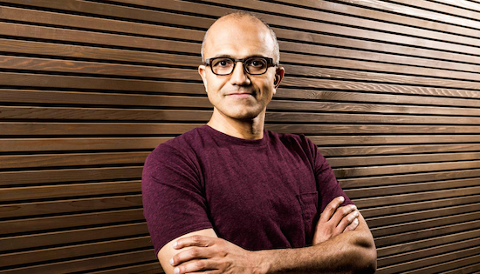Why Microsoft's HoloLens Project Risks Failure
Whatever happened to the HoloLens? Two years ago, Microsoft managed to build some buzz around its HoloLens augmented reality (AR) headset. The company positioned the bulky device, which superimposes holograms over the user’s field of view, as ideal for consumer and business use. It accompanied the hardware with an SDK, emulator, and documentation, in hopes that developers around the world would begin developing AR apps. At the time, Microsoft seemed well-positioned to catch the rising wave around AR. Google, Apple, and other firms were just beginning to publicly express interest in the technology; Magic Leap, a secretive startup in the space, hadn’t yet released any images of its long-in-development headset, despite taking $1.4 billion in investments. Yet in the intervening years, Microsoft has failed to capitalize on that early buzz by pushing out a product to consumers. Instead, it offered a developer version of the HoloLens for $3,000, and its presentations have focused largely on business and industrial usage. Right now, the buzz is around what the hardware can do for specialized professions such as architecture. Selling expensive products to businesses is well within Microsoft’s traditional “safe zone,” and its executives can no doubt justify such a strategy by claiming that the more businesses adopt the HoloLens, the quicker they can streamline (and cheapen) the technology for consumer use. Future iterations of the technology could offer a wider field of view (FOV) for holograms, which is a continuing criticism; lighter hardware is also desirable (even if the current version is well-balanced for its size). But Microsoft’s strategy echoes that of another doomed AR device, Google Glass. Like the HoloLens, Google Glass was unveiled with much fanfare; and then, instead of rolling out a (relatively) affordable consumer version, Google focused on selling $1,500 developer models. Tech pros quickly lost interest, and the nascent software-and-services ecosystem around the hardware dwindled to nothing. Adding to Microsoft’s challenge is other tech firms’ embrace of the smartphone as the ultimate augmented-reality platform. If the device in your pocket can give you a perfectly suitable AR experience, why would you shell out thousands of dollars for a bulky headset? For many consumers, the answer is: you wouldn’t. And for the developers who need a lot of consumer sales in order to keep the lights on, that potentially means focusing on smartphone-centric AR development in lieu of the HoloLens or other specialized headsets. In that scenario, Microsoft has a harder and harder time breaking out of the business silo that it might have originally meant as a springboard to a larger market. To be fair, there’s a solid revenue pathway in targeting industries that need AR enhancement. But following it could mean that Microsoft ends up jammed in third or fourth place behind Google and Apple, just as it did in the smartphone wars. It all might come down to whether Microsoft really does release a cheaper, smaller edition of the HoloLens in early 2019, as some sources have suggested.



